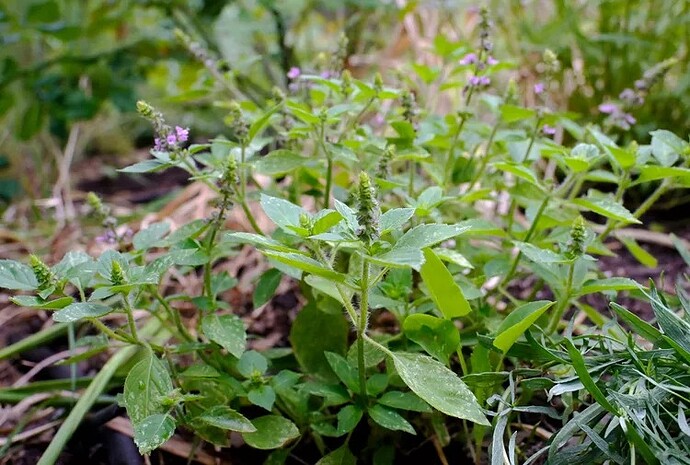How to grow medicinal plant Tulsi in your garden with kitchen waste?
Growing Tulsi (Ocimum tenuiflorum) organically in your kitchen garden is a sacred and healthful addition to your home, commonly referred to as Holy Basil or Tulsi in India. Here’s how you can cultivate it:
-
Pot & Spot: Use a 10–12 inch deep terracotta or clay pot with drainage holes. Place it on a sunny windowsill or balcony where it gets 5–6 hours of sunlight daily.
-
Soil Mix with Kitchen Waste: Prepare your soil with 40% garden soil, 30% homemade compost from kitchen waste (vegetable peels, fruit scraps, crushed eggshells), 20% cocopeat, and a handful of dried used tea leaves or neem cake. Let the compost be well-decomposed before use.
-
Planting: Sow soaked Tulsi seeds or stem cuttings directly into the mix. Seeds germinate in 7–10 days. Keep the soil lightly moist.
-
Watering: Water only when the topsoil feels dry. Avoid overwatering—Tulsi doesn’t like soggy soil.
-
Organic Feeding: Add fresh kitchen compost every 3–4 weeks. You can also water the plant with diluted rice water or cooled vegetable-boiled water for extra nutrition.
-
Pruning & Pest Control: Prune regularly to promote bushy growth. Use neem oil spray or diluted soapy water (made with used dishwater) every 10–15 days to keep pests away naturally.
